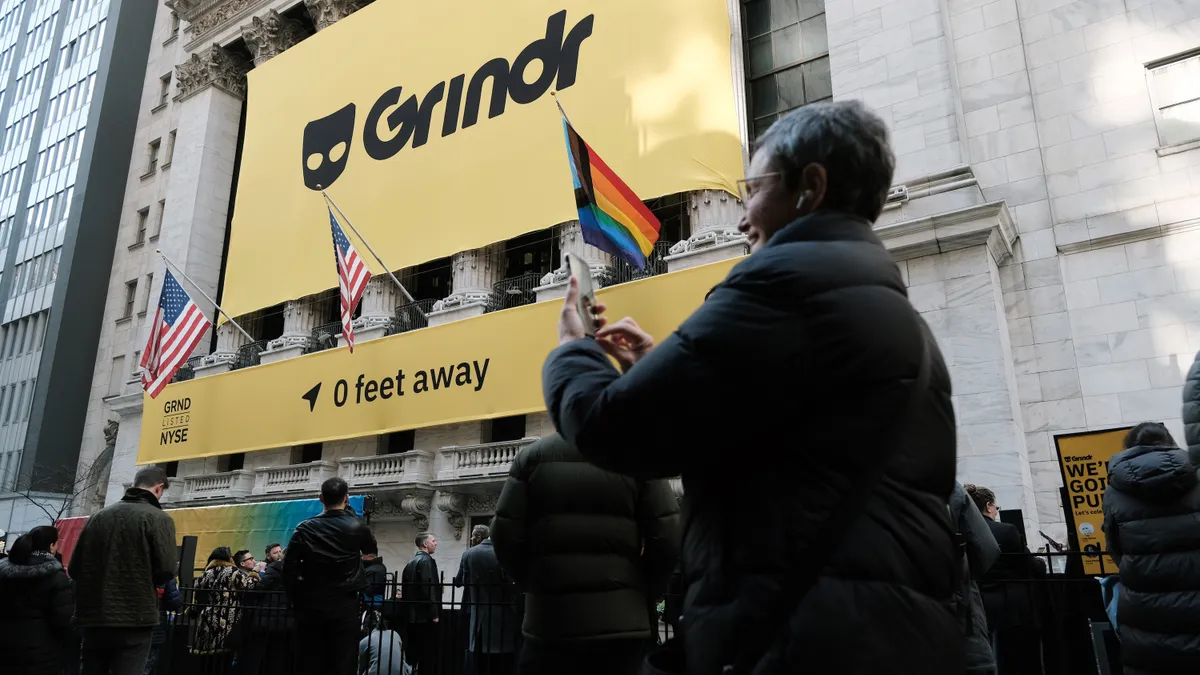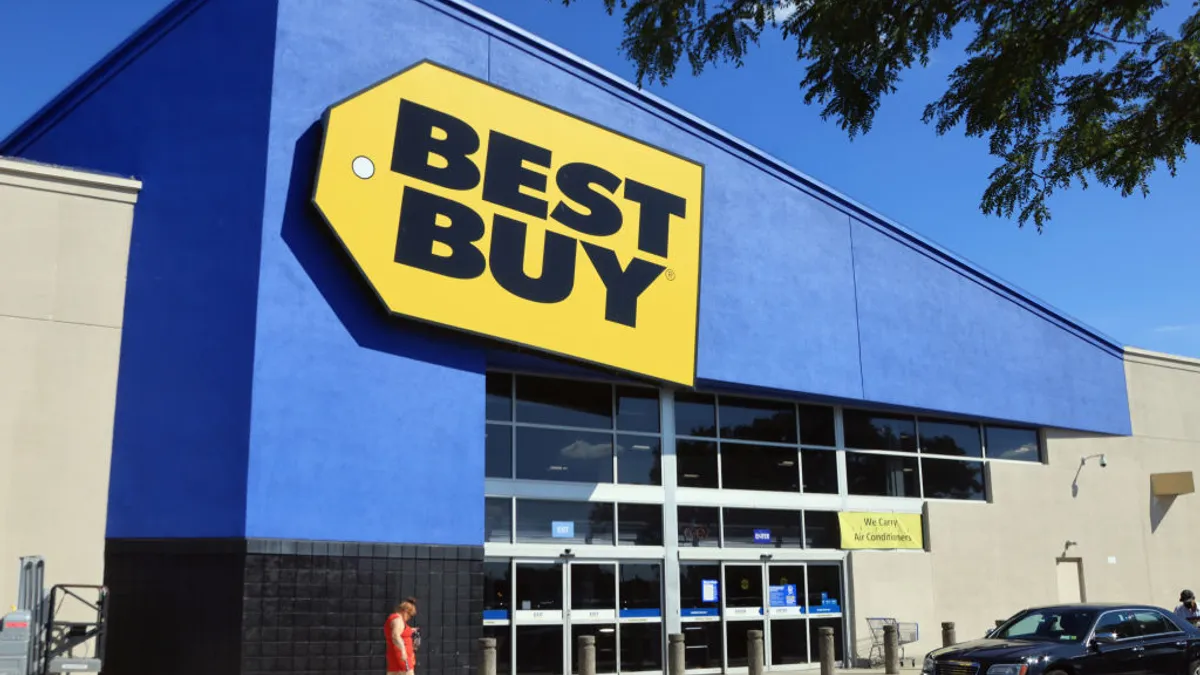Google, Facebook, Linkedin and others have recently introduced new tools aimed at talent acquisition, attempting to make strides and move quickly in an industry not always known for sudden innovation.
Each new tool, backed by well-known names in the wider tech industry, promises to shake up how recruiting is done today. But a survey of industry participants indicates that the impact of the products remains to be seen — and that, frankly, HR may not appreciate all of their advances.
Google Hire
Last year, Google introduced Hire, a new app for talent hunting aimed at small-to-midsize employers. The tool can be used with Gmail, Calendar and the rest of the G-suite. Google developed Hire to help recruiters identify talent, build strong relationships with candidates and oversee the interview process — essentially, Google's version of the traditional applicant tracking system (ATS). Last year, it announced that it planned to add salary-range information to its search platform. And recently, it added “candidate discovery” to reconnect recruiters with candidates they previously interviewed for job openings.
Brian Delle Donne, president of Talent Tech Labs LLC, expects the product to become used preferentially by other companies because Google “democratized the use of that tool by making it available to other job boards and ATS.” Breaking out of silos is a huge challenge for recruiting tech right now.
But while the smaller mom and pop shops are using Google Hire to post jobs and get their information out there, the bigger players are still using a traditional ATS, said Seth Flater, manager, career site solutions, DirectEmployers Association.
Facebook entered the market roughly a year ago and, since then, has implemented a new tool that focuses on locally sourced hires, noting a statistic that local businesses create more than 60% of all new jobs.
At the present time, Facebook has better application for certain types of work, Delle Donne said. Clinicians, nurses, physical therapists and creative people make more use of Facebook than other professionals, so you see nursing jobs or PT jobs being passed around within the Facebook community, he said.
The tool's execution, however, is lacking according to Nancy Holland, vice president of marketing for DirectEmployers Association. “It’s an attempt to use their tech brains but it’s not making many waves at all,” she told HR Dive. Holland has experience partnering with Facebook. “We had the social job partnership with Facebook, our association and a couple of others and we powered the job board. What I have found with Facebook is that they are intrigued by the job market; but, they don’t necessarily have the right people on the team to make it successful."
Other tech companies sniffing around the recruiting market may face the same challenge, Holland noted; they need individuals who are savvy about particular market needs.
"It’s a whole different animal," she added. "When you’re looking at jobs, it’s fresh, new content daily. Facebook is fresh new content daily; but, it’s a different kind of content. So, I think Facebook still has a long way to go to make an impact on the job market."
While LinkedIn has always been in the hiring game, earlier this year it introduced Salary Insights, a feature that gives employers the opportunity to offer an expected salary for a job posting. If an employer doesn’t provide a salary, LinkedIn will show an estimated salary it if has enough information. Another new feature, LinkedIn Scheduler, connects candidates through Google or Office 365 calendars to automate scheduling. Candidates receive a list of available slots and choose the time that suits their needs.
It could be the next generation of ATS, Delle Donne said. If you combine an ATS with LinkedIn’s social professional network, you have a very powerful combination.
But companies don’t like to put salary info “out there” for many reasons, including legal ones, Flater said. Posting salary information is forcing some “hard conversations internally, because if you don’t, someone else is going to beat you to it,” he said.
“I question where they are getting their data and how accurate it is,” Holland said about LinkedIn’s salary info. She said employers typically are hesitant to share salary info (despite increasing pressures to do so), so there’s always been a lack of trust of the data that’s out there because it's unlikely that it comes from the employer.
What about other big players?
So who is missing? Industry watchers say they're surprised that Salesforce hasn’t made a move in the market.
Holland has been keeping her eye on them, she says. A lot of HR is about databases like ATS and Customer Relationship Management, and Salesforce is the biggest CRM, Holland said. They could easily make the transition, she said.
Delle Donne agreed: “Recruiting is really just sales,” he said, adding that it is “confounding” why the company hasn’t made such an effort.
But generally, HR departments and fast-moving tech companies might not be match made in heaven.
Flater said HR departments are risk averse and therefore “slower moving,” especially in the bigger companies. “They ask good questions and think through it,” he said. “But it’s not the kind of industry that moves fast,” he said. Google might not like that, Flater said.
Holland said the “needle will move; but, not very fast” and not fast enough for the big players who are trying to break into the industry.
Who’s losing in all of this?
Job boards have taken a big hit, Delle Donne said.
Job boards have been on the decline for years, Holland agreed. “They have not been able to adjust and make the change,” she said.
“I see the new players bringing validity to the industry and helping to push innovation to make it a better industry rather than disrupting it.

Nancy Holland
Vice President of Marketing, DirectEmployers Association
Holland said she also wonders about job aggregators like Indeed, because LinkedIn appears to be growing stronger. “They have positioned themselves really well and have been able to diversify. Glassdoor, as well,” she said.
Google Jobs was a “specific foray into the space occupied by Indeed,” Delle Donne said. Most of the searches that get to Indeed come from Google. Google realized that and their plan will turn off the spigot to platforms like Indeed, forcing them to adapt, he said.
But overall, Holland said she doesn’t see the new players completely disrupting recruiting and talent acquisition and forcing recruiters to learn a whole set of a new tools in a short amount of time. Instead, “I see the new players bringing validity to the industry and helping to push innovation to make it a better industry rather than disrupting it."






















